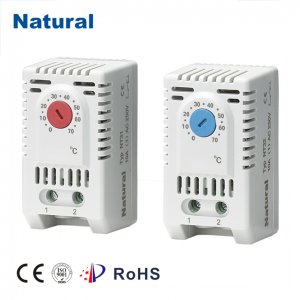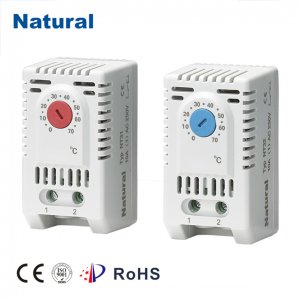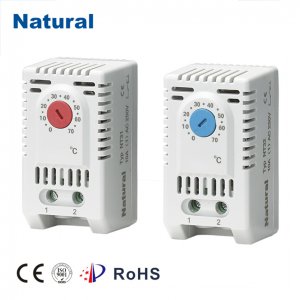Adjustable mechanical thermostats are essential devices that play a crucial role in maintaining temperature control in various settings. These thermostats provide a straightforward and effective solution for regulating heating and cooling systems in homes, offices, and industrial environments. With their adjustable features, they allow users to customize temperature settings to meet their specific needs, ensuring comfort and energy efficiency.

Understanding Adjustable Mechanical Thermostats

At their core, adjustable mechanical thermostats are simple devices that use mechanical components to sense and regulate temperature. They typically consist of a bimetallic strip or a diaphragm that reacts to temperature changes. When the temperature in the environment changes, the bimetallic strip bends or expands, triggering the thermostat to turn the heating or cooling system on or off. This mechanical operation ensures that the desired temperature is maintained without the need for complex electronic controls. Key Features One of the most significant advantages of adjustable mechanical thermostats is their user-friendly design. These devices usually come with a dial or lever that allows users to set their preferred temperature easily. This simplicity makes them an attractive option for those who prefer straightforward temperature control without the complications of digital interfaces. Additionally, the absence of electronic components makes them less susceptible to failure and easier to repair.
